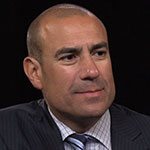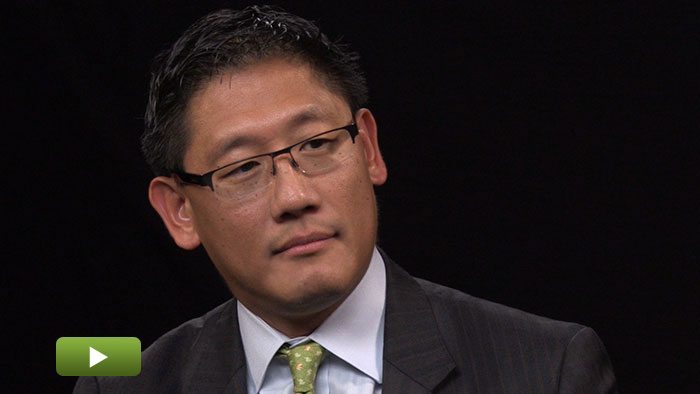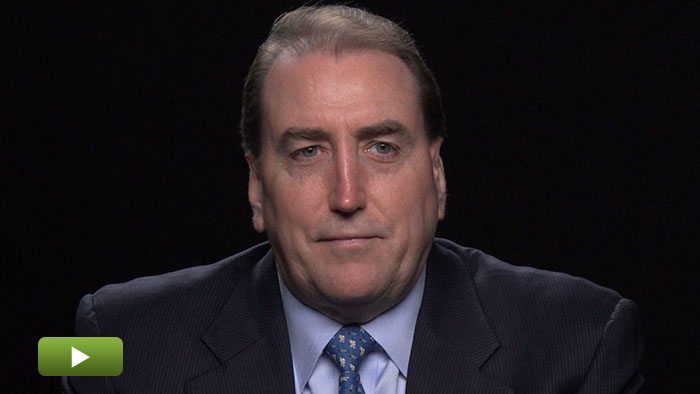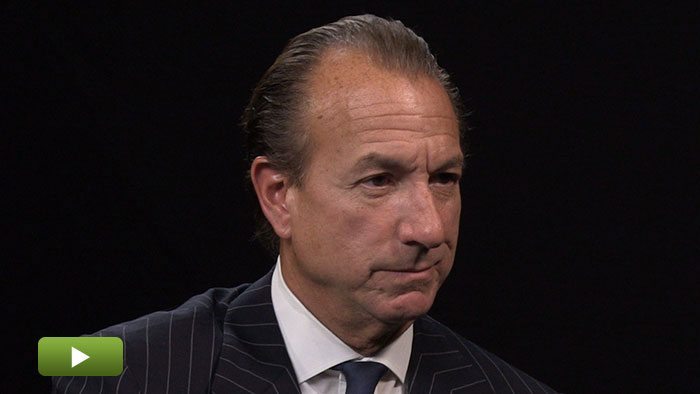How GTCR’s Leadership Strategy Built Devicor
GTCR Managing Director Dean Mihas tells Privcap about his firm’s exit of Cincinnati-based medical-devices business Devicor and how it used “The Leadership Strategy,” an investment process the firm has followed since the 1980s, to acquire and build the company.
Transcript Download Transcript
How GTCR’s Leadership Strategy Built Devicor
With Dean Mihas of GTCR
David Snow, Privcap: We’re joined today by Dean Mihas of GTCR. Dean, welcome to Privcap. Thanks for being here.
Dean Mihas, GTCR: Thank you very much, David.
Snow: You are a healthcare expert. You invest in healthcare companies on behalf of GTCR and you recently exited a big platform company that GTCR built up called Devicor Medical Products. I would love to hear the story of how that deal came about and what you did to improve its fortunes. First, maybe we could start by your simply giving us a brief overview of what Devicor is.
Mihas: Devicor is a medical products company based in Cincinnati; they sell a bunch of products, mostly in and around the breast care space. Their main product is a system that performs a breast biopsy. So the situation is a woman has a mammogram, and there’s some abnormality that the physician wants to extract and test for cancer. We have a system where the woman would go in for an outpatient procedure and get that lesion removed via biopsy. The company sells directly into 10 countries and distributes to another 40 countries.
Snow: Your firm is known for taking a management-first approach. You find the talent, and then you find the companies.
Mihas: Yeah.
Snow: Talk a bit about that.
Mihas: Yeah, we call it the “leaders’ strategy” at GTCR and it’s been the same strategy the firm has pursued since its founding in 1980. Very simply, we believe in—and our investment process all starts with—identifying a high-quality management partner or executive who we want to work with, in combination with developing a thesis in a particular area of the industries we cover. Devicor would be a great example of this leaders’ strategy, but inside of healthcare, we had developed a thesis in and around one area of the med-tech market, in this case—the interventional radiology department of the hospital where a number of outpatient procedures are done, including these biopsies. But we developed a thesis, and after developing that thesis, we went out and met a number of executives. This is part of the Devicor story but it’ll tell you a bit a more about the leaders’ strategy. We met a number of executives who have led companies in and around the interventional product space. And, as part of that, we met Tom Dalton, who became CEO of Devicor, and we partnered with Tom in advance of having any company or assets. We formed a formal partnership and talked about our thesis. We did that with Devicor, but well over half the companies we end up investing in, we have a management partner we’ve identified and a thesis we’re working with and we are out looking for companies to buy.
Snow: Devicor was just sold in a strategic sale to another company. What do you think were the drivers of success in the Devicor deal? Of all the either strategic or tactical moves you made, what made the biggest difference in helping this to be a successful company?
Mihas: It started with the foundation of having a thesis and a management team. We went out and proactively approached a number of companies. One of those was J&J. That had this product line we were familiar with and fit our thesis. We were able to negotiate a deal with J&J, which took about 12 months from beginning to end, to buy that set of products. And I think it’s fair to say that J&J would not have sold that to us had we not had the management team we had in place.
It was a business that didn’t really fit inside J&J. In the business unit, it was part of Ethicon Endosurgery, and the set of products weren’t managed as one business unit globally. We had a vision that we could pull this product set out—the biopsy system and a couple of other related products that they sold with the system—and create a standalone company out of it. Put more time, attention and focus on this business, renew the product offering through very targeted R&D effort and, as a result, get the top line growing again (it had stagnated a bit under J&J) and make it into a much more strategic asset.
The carve-out process from J&J required us to set up an entire back-office infrastructure. We had to do that on our own. We had to move our manufacturing out of the J&J facility, which was down in Juarez, México. And we had to set up new manufacturing facilities within 18 months after closing the transaction. Then, we had to get regulatory approval in each of the countries that we distributed or sold the product to directly. That took anywhere from a year to three years, in some cases, to get all those regulatory approvals.
So there was a lot of complexity, but eventually we got the product out. We stood up our manufacturing, built our own global infrastructure and a global sales force that we partly inherited from J&J and partly built out ourselves. And eventually, after three years of effort, we created a totally standalone company.
In addition to that, we completed four small acquisitions of products related to the products we were selling and two licensing deals, also of products that were related. All those things in totality effectively created a very different business from the one we started with and created a standalone company that became an attractive, strategic asset for a number of larger med-tech companies. Ultimately, as you saw from the announcement, Danaher has a business called Leica that acquired Devicor.
Like we discussed, it’s a great example of GTCR leaders’ strategy at work. [It’s] all about management partnerships, identifying unique opportunities, transforming businesses, making them much more strategic and valuable, and ultimately having a successful exit. So it’s a great round-trip story—one we’re very proud of.




